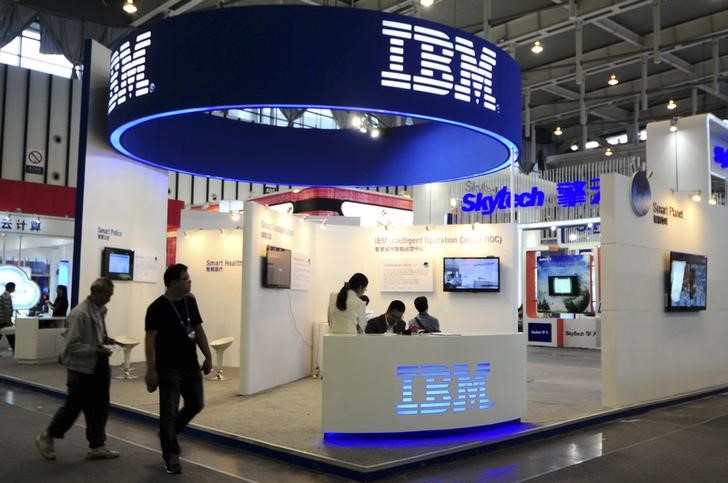This post was originally published on this site
https://i-invdn-com.investing.com/trkd-images/LYNXMPEJ6I0VM_L.jpg
(Reuters) – Enterprise software provider IBM (NYSE:IBM)’s second-quarter revenue fell short of Wall Street expectations on Wednesday, bogged down by tepid spending from businesses.
IT service providers have warned of further pain as companies striving to cut costs in the face of rising inflation cut tech budgets, hurting the industry that saw rapid growth during the COVID-19 pandemic when businesses rushed to adopt hybrid work.
IT majors such as Accenture (NYSE:ACN) and India’s Tata Consultancy Services have also flagged demand weakness, with the former missing market estimates for quarterly revenue last month after its North America revenue grew at its slowest rate in about three years.
Revenue at IBM’s biggest segments, software and consulting, increased at a slower pace during the reported quarter compared with their sharp growth a year earlier, as demand dwindled in key U.S. and European markets.
Revenue growth in the U.S. and Western Europe was “muted” as the company wrapped up the cycle for its mainframe computers it launched last year, Chief Financial Officer James Kavanaugh said in an interview.
IBM reported the top line of its business that houses the mainframe computers shrank by 14.6%.
Total revenue for the quarter ended June 30 fell 0.4% to $15.48 billion compared with analysts’ average estimate of $15.58 billion, according to Refinitiv data.
IBM has joined tech firms in boosting its artificial intelligence offerings, launching a platform, watsonx, in May to help companies integrate generative AI into their products and services after chatbot ChatGPT’s stellar success.
Analysts expect watsonx to aid the software business, which grew 7.2% to $6.6 billion during the reported quarter, thanks to enterprise digitization projects.
Net income rose to $1.58 billion, or $1.72 per share, compared with $1.39 billion, or $1.53 per share, a year earlier.

